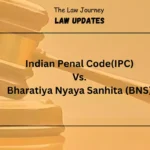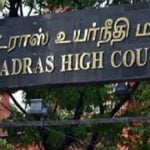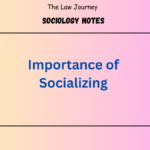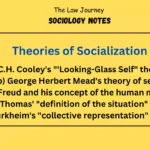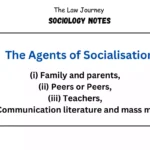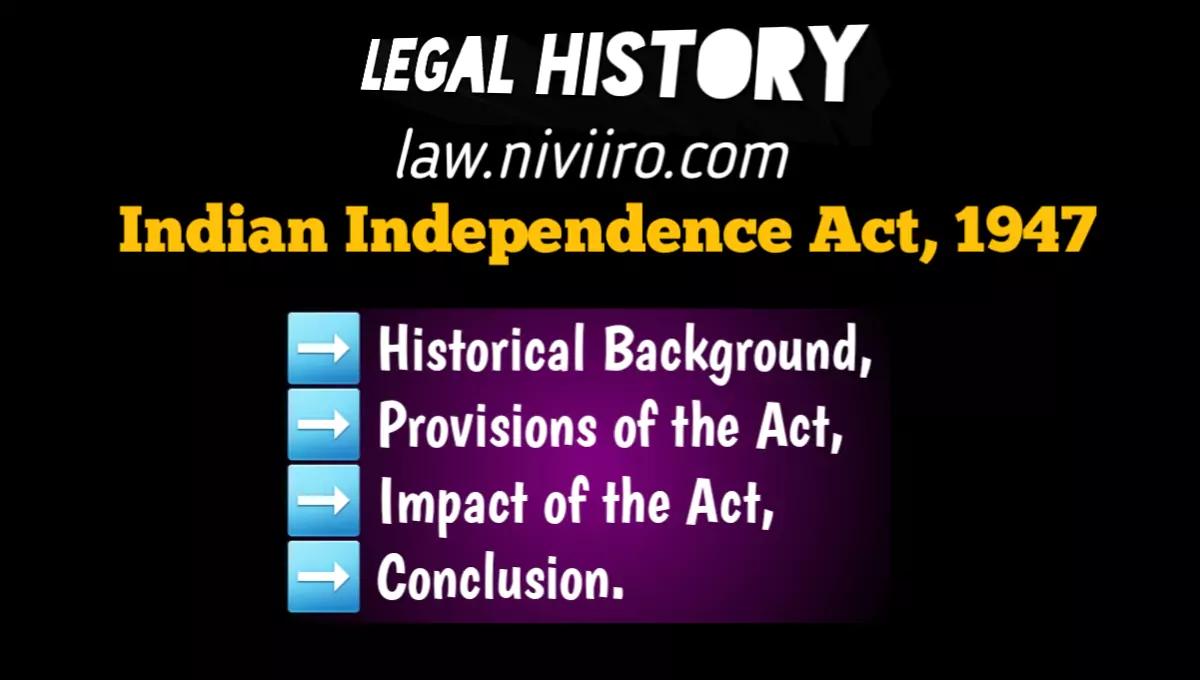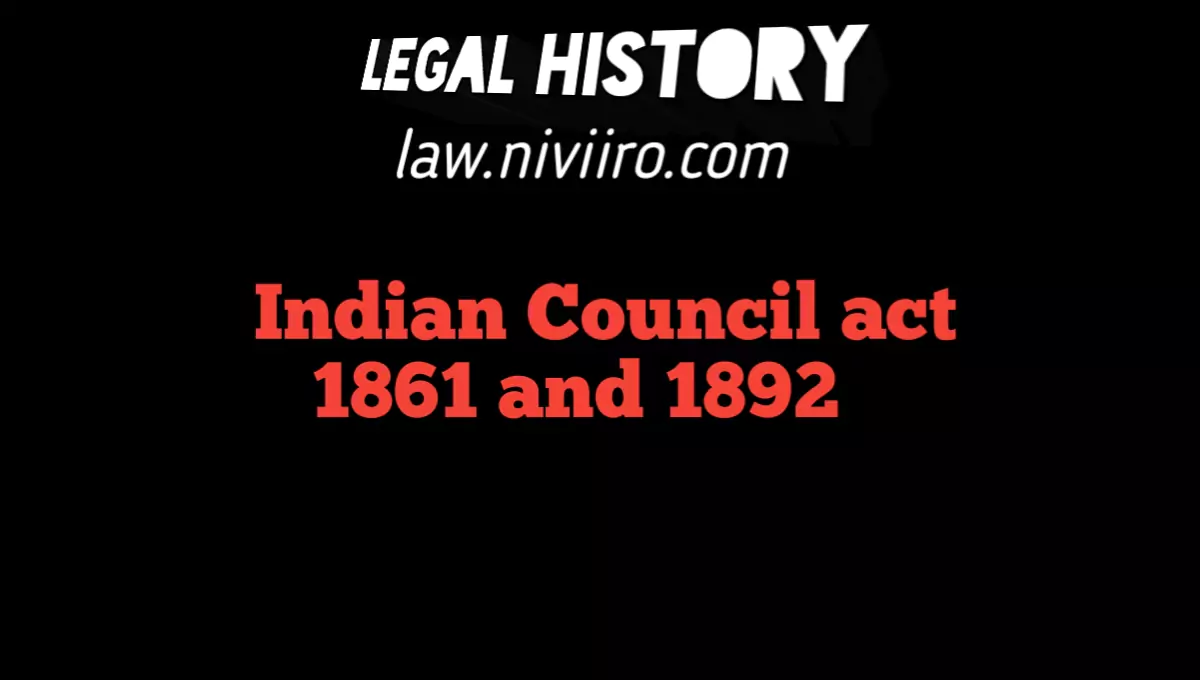Reforms of 1781,On September 29, 1780, Warren Hastings appointed Impey to superintend his duties as Chief Justice of the Supreme Court, as well as to superintend the office of the Sadar Diwani Adalat, in order to reduce the separation between the Supreme Court and the Company’s judicial system.
The reforms introduced under a number of regulations drafted by Impey were promulgated by the Council on April 6, 1781, reorganizing the court system.
Reforms Introduced under act 1781 | Reforms of 1781
1. Demands were made to increase the evils arising out of the paucity of diwani Adalat from 6 to 18.
2. Separation was maintained between judicial and revenue functions.Courts were barred from taking cognizance of any matter relating to public revenue.
3. The first Code of Civil Procedure compiled by Impey for the guidance of Sadar Adalat and Mofussil Diwani Adalats was introduced by the Council as a Regulation on 5th July, 1781.With a view to promote speedy, cheap and fair justice and uniformity of procedure in all civil courts, the Code consolidated a comprehensive civil process at one place.The code had 95 clauses and with it all the previous regulations relating to civil procedure were repealed.
4. Many of the restrictions placed on the court in summoning a zamindar or talukdar were now removed.The court was given the power to summon any zamindar or talukdar personally or through a lawyer to answer any action pending there.
5. The provision for reference of cases up to Rs.100 to a zamindar, public officer for adjudication was retained.In addition, provision was made for reference to the Munsiff attached to the court by the court of cases up to Rs.200.
6. The Code of 1781 clearly defines the powers, functions and jurisdiction of the Sadar Diwani Adalat.The Sadar Diwani Adalat was to have an appellate jurisdiction and hear appeals from the Mofussil diwani Adalat in all cases involving a subject matter of more than Rs.1000.
7. The court also had original jurisdiction to hear any matter of civil nature which was referred by the Governor General and the Council.It was to control and supervise the mufassil civil courts.
8. On a report of misconduct against a judge of the Mofussil diwani Adalat, the Sadar Adalat was empowered to suspend the judge and refer the matter to the council for final decision.
9. The provision for the application of Hindu and Muslim laws in matters of succession, marriage, caste and other religious practices and institutions was retained.
Measures to improve Criminal justice | Reforms of 1781
With a view to reforming criminal justice, the Governor-General and the Council took 2 steps in 1781
(1) A mechanism was put in place to arrest the criminals and bring them before the criminal courts.The judges of the Mofussil civil courts were now appointed as magistrates, who were to arrest persons suspected of having committed an offense and send them to the nearest Mofussil faujdari adalat for trial. Although this arrangement sought to improve law and order, it put a huge workload on these courts, resulting in slowing down of trial.
(2) Remembrance of Criminal Court | Reforms of 1781
A new department was created in Calcutta to oversee the general administration of criminal justice and the working of criminal courts in India.The department was under the direct control of the Governor-General.The head of the department was to be a contract servant of the company to act as a reminder of the criminal courts.
All the criminal courts in the country were required to send periodical reports and details of their proceedings to the reminder.They were to circulate monthly reports showing the number of persons in actual imprisonment, the number of persons arrested, the number of persons tried and the punishment given to them.The Office of the Remembrancer helped bring to light more information about irregularities committed in the Mofussil criminal justice system
Related Post
Important Questions | Reforms of 1781
When was the first Civil Procedure Code compiled ?
the first Civil Procedure Code was compiled on 5th July, 1781.
Describe the main objectives of the Reform Act 1781 ?
1. Demands were made to increase the evils arising out of the paucity of diwani Adalat from 6 to 18.
2. Separation was maintained between judicial and revenue functions.Courts were barred from taking cognizance of any matter relating to public revenue……
Explain the jurisdiction of the Remembrancer of the criminal court ?
A new department was created in Calcutta to oversee the general administration of criminal justice and the working of criminal courts in India.The department was under the direct control of the Governor-General.The head of the department was to be a contract servant of the company to act as a reminder of the criminal courts………
Refrences Book
- V.D. Kulshrestha, Landmarks in Indian Legal History
- Indian legal and constitutional history by Dr. N. V. Paranjape
- M. Rama Jois, Legal and Constitutional History of India
- M.P. Jain, Outlines of India Legal History
- A.B. Keith, Constitutional History of India
- Rankin G.C. Background to Indian Law

